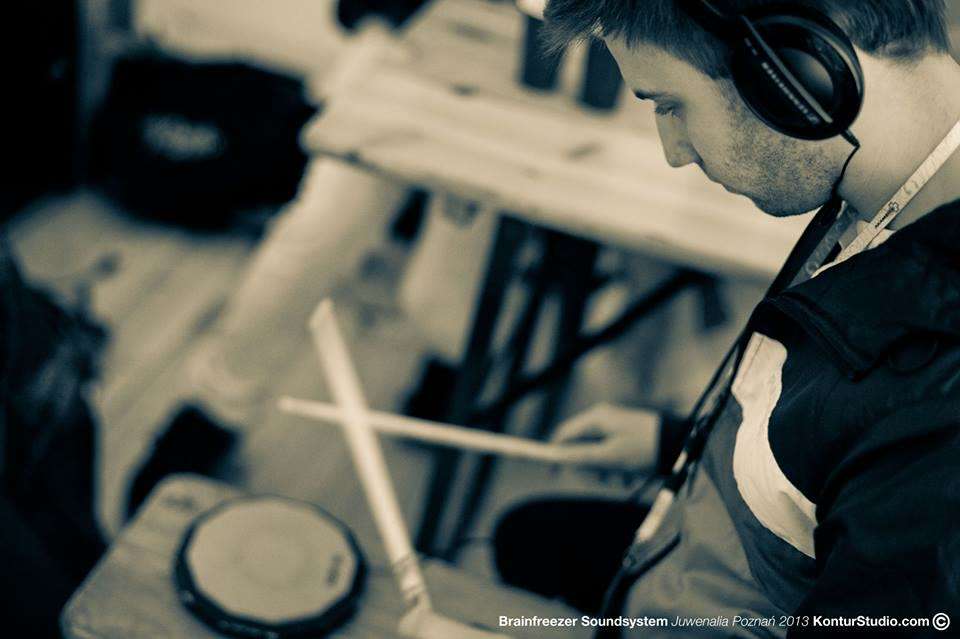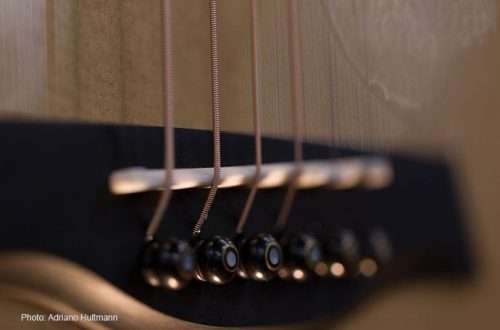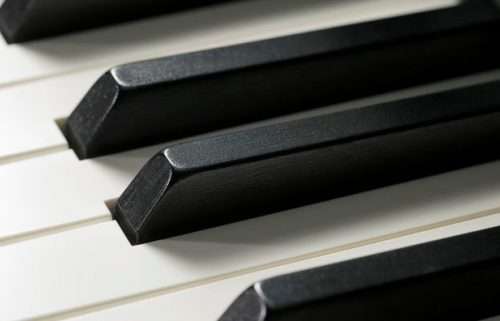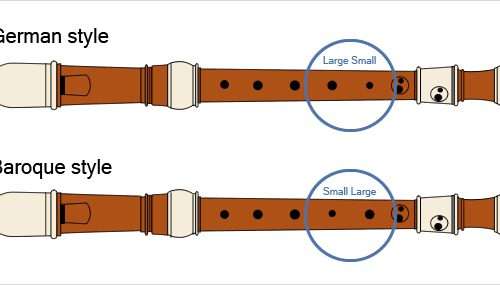
Warm-up on the set and “warm up ritual”
Contents
- Based on specific divisions, let’s look for new movements and melodies on the set.
- All exercises that start the warm-up should also be performed before the concert. Often when playing outdoors on stages, the weather conditions are only conducive to getting injured without warming up your arms and legs properly.
See Percussion Sticks in Muzyczny.pl Store View Acoustic Drums in Muzyczny.pl Store View Electronic Drums in Muzyczny.pl Store

An effective warm-up consists of several important elements that we should know about. WHEN to warm up, HOW to warm up and WHY? Here is the rest of the article where you will find the answer to these questions!
Paradiddle
As the name suggests “PARA” (PL) “DIDDLE” (PP), which is nothing else but a combination of single and double strokes. This rudiment allows for an agile replacement of the hand for a strong part of the measure (i.e. the first, second, third or fourth measure in a 4/4 measure) (more on the paradiddle in the next article).
You can play this rudiment in two ways: by separating successive strokes or as a whole group, i.e. the first strike from the right hand, which is the beginning in the group of four eights, will be the strongest, and the second and third strikes will be falling strokes, i.e. dynamically weaker (PLPP). The whole process repeats with the next set of four eights, this time from the left hand.

In playing the drums, an important element of work is a thorough understanding of all the possibilities of a given figure. In the case of the paradiddle, there are plenty of these possibilities, and now we will look at the types of hand order. If we start shifting the whole sequence (PLPP LPLL) one left, we get the following layout:

By breaking down this sequence into volumes, we begin to see an interesting solution. They go further, that is, by moving one place to the left, the first two eighths start with two strokes from one hand:

When correctly performing these examples, one should remember about the principle of a slight “leaning” / accent on the first note of the group. It is not meant to be a strongly accentuated note, but more information for us where the group begins.
We go further, the last example:

The above examples very nicely develop the ability to switch hands to a strong part of tact and to understand the paradiddles in a deeper context. There are many ways to disassemble them on a set – playing a groove, where the right hand plays the hi-hat, the left hand plays the snare drum, the kick drum plays quarter notes or splits with the right hand. Unfolding into volumes, preferably the entire set!
Based on specific divisions, let’s look for new movements and melodies on the set.
Warm-up on the set
The next stage, after warming up your hands, is warming up with the drum kit. As the drum kit consists of various instruments put together – so that the playing becomes more natural and free for us – we learn certain movements that allow us to “hit” a specific instrument at a certain time. Therefore, it is worth starting the exercise with basic exercises and spreading them over the entire set.
Below I will present an example of the distribution of single strokes (PLPL) between the snare drum and the toms. Note the fourth measure in measure. By making single strokes from left to right, the last beat in the first measure is a rudiment paradiddle (PLPP)which, by repeating the right hand, allows you to play that particular sequence in reverse order, starting the group with the left hand: Floor Tom – Mid Tom – High Tom – Snare Drum, and ending with the paradiddle group from the left hand (LPLL)to go back to the beginning of the exercise starting with the right arm. As a basis we play quarter-note ostinato in the lower limbs (BD – HH).

All exercises that start the warm-up should also be performed before the concert. Often when playing outdoors on stages, the weather conditions are only conducive to getting injured without warming up your arms and legs properly.
Warm Up RITUAL
This is an excellent exercise at the end of the warm-up and can / should be considered as a daily ritual. The exercise consists in playing around the three basic rudiments, i.e. Single Stroke Roll (PLPL), Double Stroke Roll (PPLL) oraz Paradiddle (PLPP LPLL). As we can see below, the first bar is a sequence of single strokes, the second is doubles, the third is a paradiddle, and the fourth is a return to double stroke roll and restart with a single stroke roll. The most important thing in this example are the smooth, unwavering changes between the bars, so start the exercise with a painstaking pace. For the more creative, this exercise can be modified (e.g. lengthening, shortening, spreading the whole set with a samba or crotchet ostinato between the kick and the hi-hat).
This exercise can be freely modified and replaced, and the example below is only an idea of how to play the combinations given to yourself.

Anyone who ambitiously and consciously pursues their goals will eventually reap the fruits of their work, that’s why warm-up for us drummers, it should be an integral part of our daily practice. Playing the drums is not only about playing in a band, but also hard work on your body, which without proper preparation for work will work like a rusty mechanism, and it is the warm-up that lubricates our mechanism, which is our body. In the article above, I have outlined several ways to make this initial part of our training session a fun and effective part.





